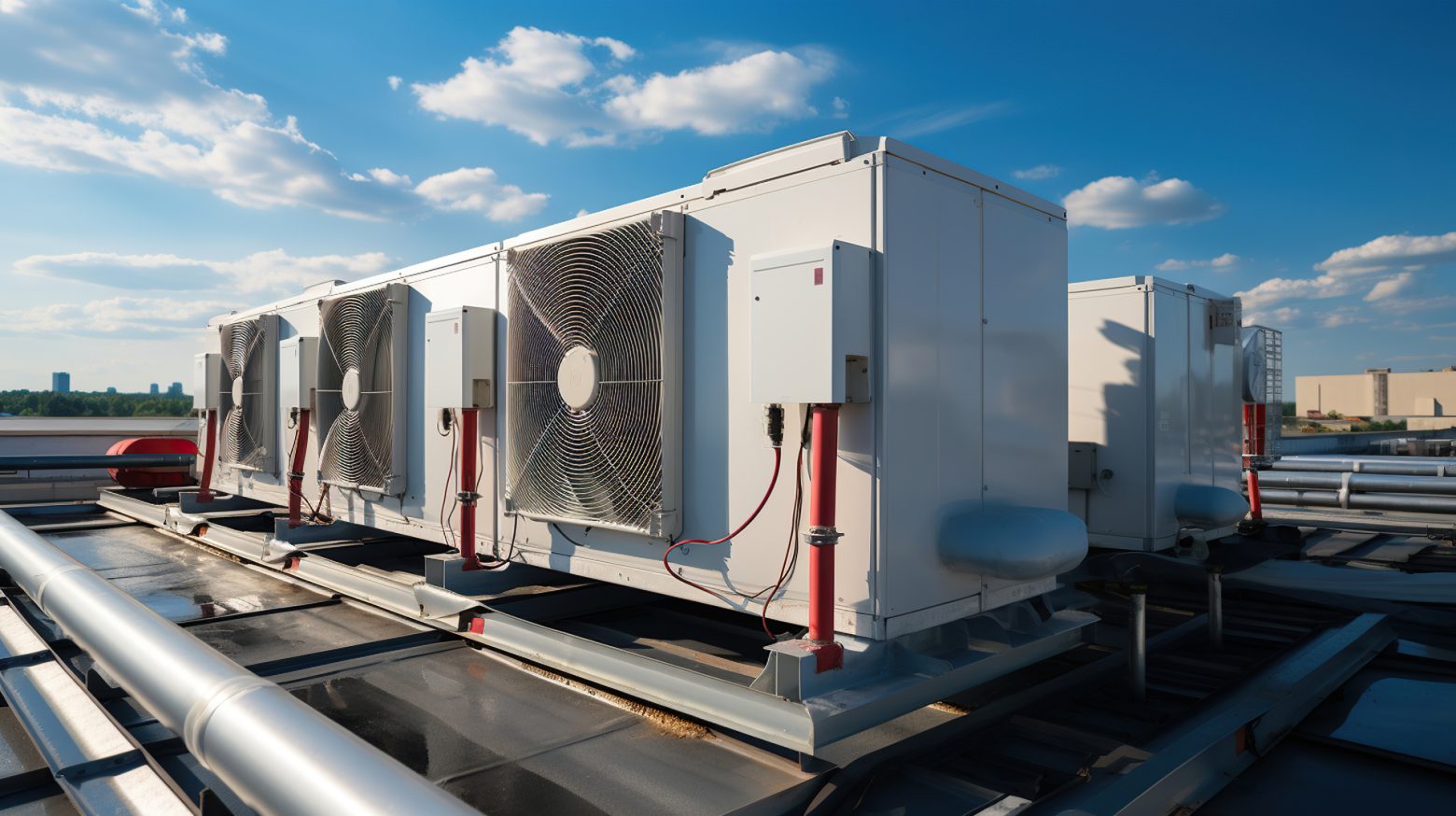Parks and public green spaces play an important role in creating livable and healthy cities. They provide residents with opportunities for recreation, relaxation, and a respite from the hustle and bustle of urban life. In addition, parks help to improve air quality, reduce noise pollution, and combat the urban heat island effect.
One of the key elements of a successful park is its tree canopy. Trees provide shade, reduce stormwater runoff, and serve as habitat for wildlife. They also play a crucial role in maintaining the health of the park ecosystem and the surrounding community.
However, not all trees are created equal, and it is important to choose species that are well-suited to the conditions of a particular park. Factors such as the amount of sun exposure, soil type, and climate should all be taken into consideration when selecting trees for urban parks.
Here are some of the best trees for parks, based on their ability to thrive in an urban setting and provide a range of benefits:
- American Elm (Ulmus americana) The American Elm is a classic tree that was once a staple of American streetscapes and parks. Despite the devastating impact of Dutch elm disease, disease-resistant cultivars have been developed, and the American Elm is once again a popular choice for urban plantings. This tree is highly valued for its graceful, vase-shaped form, and its ability to provide shade and beauty in a park setting.
- Red Maple (Acer rubrum) The Red Maple is a versatile and hardy tree that is well-suited to a range of urban environments. It is prized for its brilliant fall color, and its ability to adapt to a variety of soils, including those that are wet or compacted. The Red Maple also provides valuable habitat for birds and other wildlife, making it an ideal choice for parks and other public green spaces.
- Bald Cypress (Taxodium distichum) The Bald Cypress is a deciduous conifer that is native to the southeastern United States news daily india. It is an excellent choice for parks in wetter climates, as it is highly tolerant of flooding and poorly-drained soils. The Bald Cypress is also valued for its distinctive, pyramidal form and its ability to provide shade and beauty in a park setting.
- London Plane (Platanus x acerifolia) The London Plane is a hybrid of the American Sycamore and the Oriental Plane, and is one of the most commonly-planted street trees in urban areas. It is prized for its tolerance of air pollution, compacted soils, and other environmental stresses, as well as its ability to provide shade and beauty in a park setting. The London Plane is also known for its distinctive, peeling bark, which provides interest throughout the year.
- Eastern Redbud (Cercis canadensis) The Eastern Redbud is a small, deciduous tree that is native to the eastern United States. It is prized for its profusion of pink or purple flowers in the spring, and its attractive heart-shaped leaves. The Eastern Redbud is also a valuable food source for wildlife, making it an ideal choice for parks and other public green spaces.
- Dogwood (Cornus florida) The Dogwood is a small, deciduous tree that is native to the eastern United States. It is prized for its profusion of showy flowers in the spring, and its attractive fall foliage. The Dogwood is also a valuable food source for wildlife, making it an ideal choice





